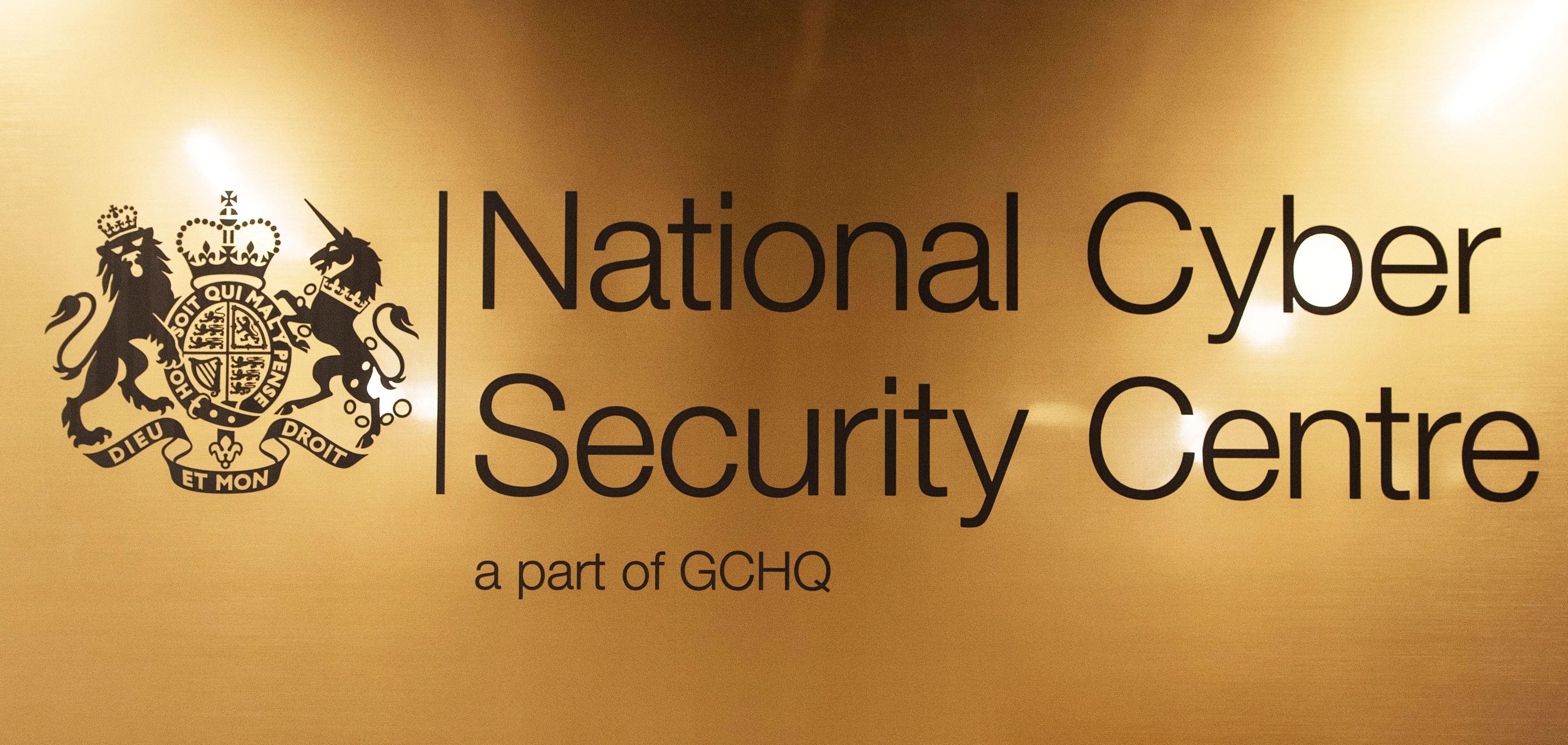Guidance from the National Cyber Security Centre

Balancing cyber risk and defence
The threat an organisation faces may vary over time. At any point, there is a need to strike a balance between the current threat, the measures needed to defend against it, the implications and cost of those defences and the overall risk this presents to the organisation.
There may be times when the cyber threat to an organisation is greater than usual. Moving to heightened alert can:
- help prioritise necessary cyber security work
- offer a temporary boost to defences
- give organisations the best chance of preventing a cyber attack when it may be more likely, and recovering quickly if it happens
This guidance explains in what circumstances the cyber threat might change, and outlines the steps an organisation can take in response to a heightened cyber threat.
Factors affecting an organisation’s cyber risk
An organisation’s view of its cyber risk might change if new information emerges that the threat has heightened. This might be because of a temporary uplift in adversary capability, if for example there is a zero-day vulnerability in a widely used service that capable threat actors are actively exploiting. Or it could be more specific to a particular organisation, sector or even country, resulting from hacktivism or geopolitical tensions.
These diverse factors mean that organisations of all sizes must take steps to ensure they can respond to these events. It is rare for an organisation to be able to influence the threat level, so actions usually focus on reducing your vulnerability to attack in the first place and reducing the impact of a successful attack. Even the most sophisticated and determined attacker will use known vulnerabilities, misconfigurations or credential attacks (such as password spraying, attempting use of breached passwords or authentication token reuse) if they can. Removing their ability to use these techniques can reduce the cyber risk to your organisation.
Actions to take
The most important thing for organisations of all sizes is to make sure that the fundamentals of cyber security are in place to protect their devices, networks and systems. The actions below are about ensuring that basic cyber hygiene controls are in place and functioning correctly. This is important under all circumstances but critical during periods of heightened cyber threat.
An organisation is unlikely to be able to make widespread system changes quickly in response to a change in threat, but organisations should make every effort to implement these actions as a priority.





